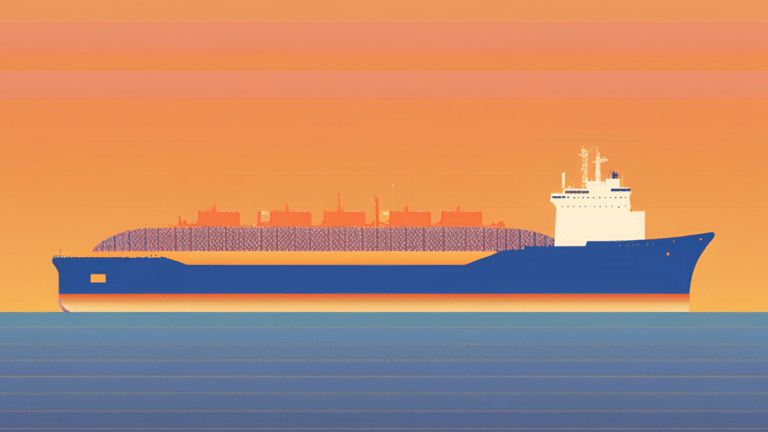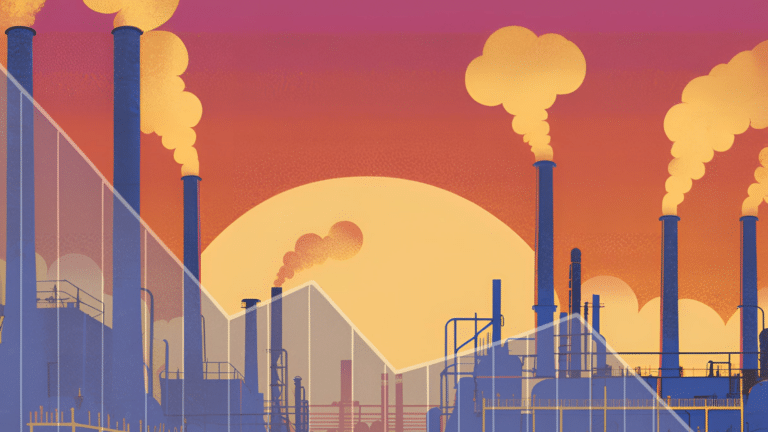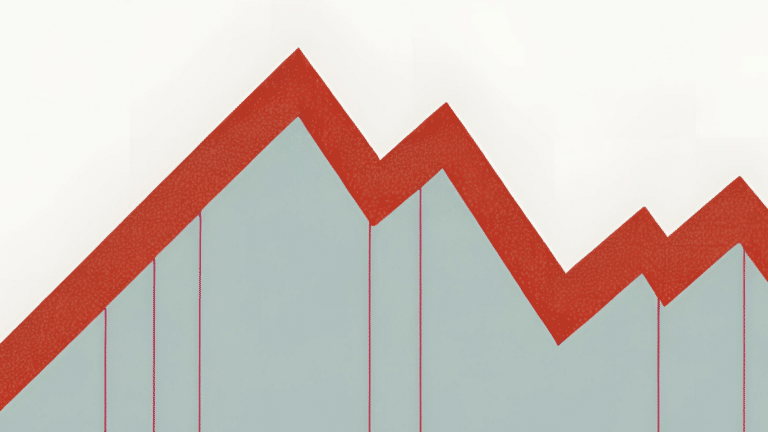China Halts U.S. LNG Imports Amid Tariff War
China has ceased importing liquefied natural gas from the United States since early February, as the ongoing tariff war impacts energy trade.
Current Access Level “I” – ID Only: CUID holders, alumni, and approved guests only
Q&A by Robert (RJ) Johnston & Abhiram Rajendran • April 01, 2022
The White House announced earlier this week that it would release 180 million barrels of oil from the Strategic Petroleum Reserve over the next six months—the biggest release in SPR history [1]– in the wake of the Russian invasion of Ukraine. International Energy Agency member states followed on Friday, April 1 with a pledge for a coordinated release of oil stocks of an unspecified size.[2] The Center on Global Energy Policy’s oil working group[3] met March 31st to review some of the key questions and issues arising from the Biden administration’s decision, as summarized in the comments below by Senior Adjunct Research Scholars Dr. Robert Johnston and Abhiram Ranjendran.
What does the administration hope to achieve with the SPR release?
The Biden administration has multiple objectives with the release, most obviously stabilizing oil and refined product prices, but also helping allies, bolstering the sanctions campaign against Russia, and of course factoring in the domestic political considerations of the upcoming midterm elections.
With rising inflation and surging prices at the pump, the oil release provides an injection of supply into a market that had high prices and falling inventories even before the Russian war in Ukraine, and now faces the prospect of a large and prolonged supply disruption from Russia and runaway prices going into the Northern Hemisphere’s summer driving season. While oil supply disruptions from Russia have so far been modest, the International Energy Agency signaled earlier this month that up to 3 million barrels per day of Russian supply could be at risk, although the authors believe the disruption will be closer to 1 million barrels per day.
In terms of geopolitical objectives, the release may give more scope for the Europeans and others to further reduce their imports of Russian oil through tighter sanctions.
Figure 1: US Retail Gasoline and Diesel Prices Rebound from Pandemic, Surge with Russia-Ukraine War ($/gallon)
Where could the released oil go and who can benefit from the additional supply?
The oil reserves are located along the US Gulf Coast. This provides an opportunity to ship the reserves into the global market as well as for use in regional refineries. Opportunities to move the crude to refining centers in the Midwest and other coastal regions of the country are limited by pipeline infrastructure. The SPR barrels could well end up in import-dependent countries like India and Japan that have relatively low inventories of crude oil. The EU could take some barrels as well, although not all EU refineries can process the medium and heavy sour oil stored in the SPR.
Because the US gasoline price is linked to global oil prices, relieving supply imbalances elsewhere will have benefits for US consumers, although the actual impact will be shaped by many factors beyond the SPR release itself.
What are some of the potential risks of the SPR release?
There are a few potential downsides of an SPR release of this magnitude. First, there is no guarantee that future prices will be lower when the US government moves to refill the SPR down the road, particularly if the Russia-Ukraine conflict worsens and/or other oil producers continue to under-invest. Second, after this release, the SPR will be less than half the capacity it was in 2005.[4] This raises the risk that markets will price in a greater premium for future disruptions from wars, hurricanes, and other supply shocks—resulting in higher prices for longer, even if further large price spikes are avoided near-term. Third, a release of this scale has never been attempted, and it remains to be seen if the reserves can be delivered effectively at target volumes.
What could the release mean for OPEC and US shale producers?
For both OPEC and US shale producers, the Biden administration has been pressing for supply increases. OPEC+ has been gradually unwinding its massive 10 million barrels per day production cuts implemented in May 2020 at the height of the first wave of COVID-19. Leading OPEC states like Saudi Arabia and the UAE have reportedly not been responsive to US requests for an accelerated increase.[5] OPEC has likely been mindful that an SPR release could come in light of the Russia-Ukraine crisis, and waiting to see how markets respond before pursuing its own increase. It may be applying the same approach with respect to a potential deal to lift US sanctions on Iran oil exports. The bottom line is OPEC seems set to continue its gradual pace of increases and be proactive in avoiding potential oversupply, even with higher baselines for the large producers starting in May 2022.
For US shale producers, the SPR release may help unlock additional supply through the effects of the action on longer-term prices. The SPR release effectively puts downward pressure on prices over the next six months but upward pressure over the medium-term three-to-five-year outlook, as the 180 million barrels that are released will need to be replaced. That will create additional demand and reinforce shale producers’ confidence that demand for their barrels will be there, potentially helping to establish a price floor of around $80–$100/barrel over the next few years. However, this increase is not automatic by any means. Individual producers will set their own strategic path and will continue to face supply chain challenges, rising costs, and pressures from investors to return free cash flow in the form of dividends rather than spending it on increased drilling.
What could the impact be on the energy transition?
UN Secretary General Antonio Guterres recently stated that it would be “madness” to double down on fossil fuel dependency as a result of the Russia-Ukraine war.[6] He and many other climate leaders argue that the world must double down on renewable and low-carbon energy to not only help the climate but to break dependency on petro-states like Russia. The Biden administration has been sympathetic to this view since first coming to the office, placing climate at the center of its energy policy and in a key role in its foreign policy and domestic economic policy as well. If the combination of an SPR release and gasoline tax holidays spur greater consumption and unlock more production, it could make achieving US climate goals more challenging. The Biden administration will continue to have to manage the complicated political messaging and policy formulation in supporting the twin objectives of stable energy prices and tackling the climate emergency. However, it could be argued that a boost to domestic supply could benefit global climate progress if it comes at the expense of more greenhouse-gas-intensive barrels elsewhere.
Notes
[1] A. Alper and T. Gardner, “Biden spurs record emergency oil release in ‘moment of peril’ for world,” Reuters, March 31, 2022, https://www.reuters.com/business/energy/biden-release-1-mln-barrels-oil-….
[2] Y. Obayashi and N. Browning, “IEA states agree on coordinated oil release but not volumes,” Reuters, April 1, 2022. https://www.reuters.com/world/asia-pacific/japan-will-act-appropriately-….
[3] The authors would like to thank CGEP’s Jason Bordoff, Marianne Kah, Christof Ruhl, Antoine Halff, Pierre Noel, Bob McNally, Robin Mills, Luisa Palacios and Kaushik Deb for contributing ideas which informed this piece.
[4] EIA, Weekly Stocks, Crude oil, SPR https://www.eia.gov/dnav/pet/PET_STOC_WSTK_A_EPC0_SAS_MBBL_W.htm.
[5] K. Deb and A. Rajendran, “Challenges for OPEC+ amid the Russian invasion of Ukraine,” Center on Global Energy Policy, March 17, 2022, Https://www.energypolicy.columbia.edu/research/qa/qa-challenges-opec-amid-russia….
[6] M. McGrath, “Climate change: ‘Madness’ to turn to fossil fuels because of Ukraine war,” BBC, March 21, 2022, https://www.bbc.com/news/science-environment-60815547.
This Energy Explained post represents the research and views of the author. It does not necessarily represent the views of the Center on Global Energy Policy. The piece...

This Energy Explained post represents the research and views of the author. It does not necessarily represent the views of the Center on Global Energy Policy. The piece...

This Energy Explained post represents the research and views of the author. It does not necessarily represent the views of the Center on Global Energy Policy. The piece...

Full report
Q&A by Robert (RJ) Johnston & Abhiram Rajendran • April 01, 2022